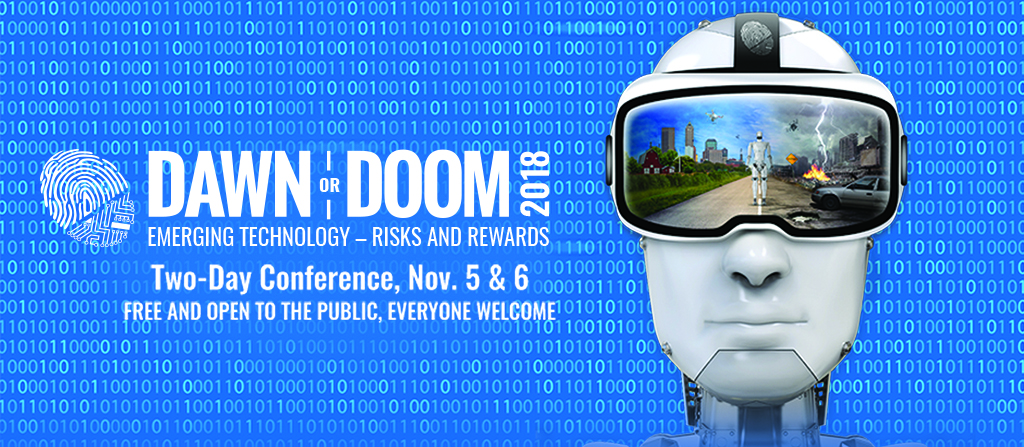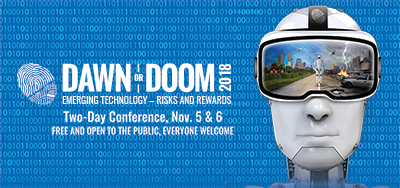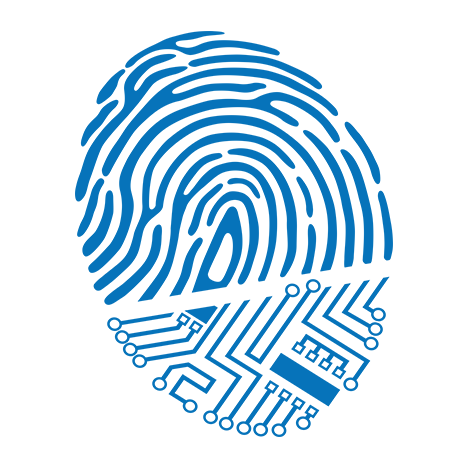

Purdue team using artificial intelligence to catch online predators

Technology lets predators troll for kids online, but a technology developed by a pair of Purdue professors analyzes conversations between minors and offenders and determines which adults are most likely to make physical contact.
A pair of Purdue researchers have harnessed the power of artificial intelligence to develop a digital forensics tool that can help catch sex offenders before they make physical contact with their targets.
The technology, called the Chat Analysis Triage Tool (CATT), uses natural language processing techniques to analyze conversations between minors and predators and determine which adults are most likely to be “contact offenders,” that is, people who actually seek to meet children in person as opposed to just chatting online.
Kathryn Seigfried-Spellar, assistant professor of computer and information technology, and Julia Rayz, associate professor of computer and information technology, will give a joint talk about the project at Dawn or Doom ’18, Purdue’s annual conference on the risks and rewards of emerging technologies. Dawn or Doom will be held on Purdue’s West Lafayette campus Monday and Tuesday, Nov. 5-6. The conference, now in its fifth year, is free and open to the public.
With some statistics suggesting that up to one in 25 children are sexually solicited online, CATT has the potential to make a big impact.
“From a law enforcement perspective, they have to deal with hundreds of these cases and they can be really overwhelmed,” says Seigfried-Spellar. “If they have a tool that quickly reads these chats and flags the ones that are at risk for being contact offenders, then law enforcement officers can better prioritize which cases need to be investigated first.”
Thanks to a partnership with the Ventura County Sheriff’s Office in Ventura, Calif., Rayz and Seigfried-Spellar conducted hypothesis testing on real chats between minors and offenders. Because offenders in different parts of the country may speak in different ways or have different strategies for luring in children, they’re working on using data from around the country, including Indiana, to improve the tool.
They plan to eventually make CATT freely available to law enforcement. One of their priorities when developing the tool was to make it easy to use for someone without any training in computer science.
They hope CATT will eventually be used not only to triage cases, but also to train police officers to become better decoys. Officers typically receive similar training, and thus talk to offenders in a similar way. The Purdue researchers hope that the tool will help officers vary their language and be less detectable by offenders.
The researchers say there’s already a great deal of interest from the law enforcement community. After presenting at a conference for law enforcement intelligence analysts, Seigfried-Spellar and Rayz had people asking about developing a similar tool for everything from sex trafficking to drug crimes. It’s something that’s on their radar, but continued work on the initial tool will probably always be necessary.
“No matter how perfect the tool is, it will never be a done deal,” says Rayz. That’s because when people suspect they’re being watched, their behavior changes, and the tool will have to adapt to those changes.
Although this crime-fighting tool represents a “dawn” – an example of technology being used for good – there may also be “doom” scenarios if it falls into the wrong hands. For example, a criminal who gets access to the technology might use it to escape detection.
Dawn or Doom ’18, part of Purdue’s 150th anniversary celebration, features four tracks: Machines, Mind, Body and Data. Featured speakers at the conference include Frank Pasquale, law professor at the University of Maryland who specializes in artificial intelligence law, Naomi Grewal, global head of insights at Pinterest and Nicholas Carr, author of New York Times best seller “The Shallows: What the Internet Is Doing to Our Brains.” Visit the Dawn or Doom website for more information about the conference and a full list of speakers.
Writer: Adrienne Miller, science and technology writer, Information Technology at Purdue (ITaP), 765-496-8204, mill2027@purdue.edu
Last updated: August 3, 2018


